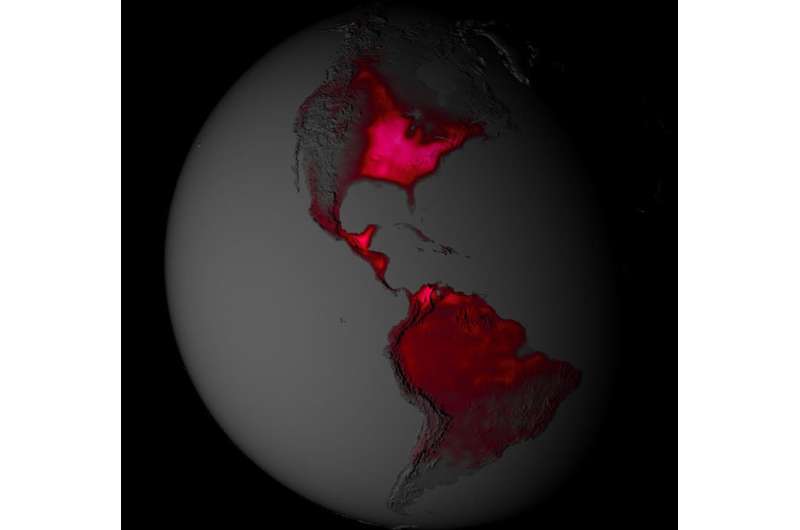Scaling plant traits stymied by uncertainty in measured global photosynthesis

There are many ways to calculate how plants take up carbon. The challenge, in part, is scaling these approaches to global levels. Why? Because of the hypotheses behind each approach. Often, the hypothesis relies on data at such a small scale (molecules) that it is hard to scale up. To see how the different ways of determining carbon uptake affect global models, the team compared hypotheses for the maximum photosynthetic carboxylation rate. The rate is one of two plant traits that closely determine the photosynthetic rate. Scientists compared how various hypotheses calculated the carboxylation rate. Each method varied. The resultant variability in predictions has not yet been investigated in detail.
This research highlights the need for robust estimates of global photosynthesis to better predict carbon dioxide uptake rates. It also showcases the need for a better understanding of how the maximum photosynthetic rate scales across the earth's surface.
An international team of researchers investigated the impact of four trait-scaling hypotheses (plant functional type, nutrient limitation, environmental filtering, and plant plasticity) on global patterns of photosynthesis. Led by a researcher at Oak Ridge National Laboratory, the study states that global photosynthesis estimates from the different trait-scaling hypotheses ranged between 108 and 128 petagrams of carbon a year (PgC/yr), representing around 65 percent of the uncertainty range found in photosynthesis model intercomparison exercises. The uncertainty propagated through to a 27 percent variation in net biome productivity, which is the net amount of carbon removed from the atmosphere by land ecosystems. Because no robust methods exist to measure photosynthesis at the global scale, the team used three proxies of global photosynthesis to compare with the model estimates.
All hypotheses produced global photosynthesis estimates that were highly correlated with proxies of global photosynthesis. Nutrient limitation appeared to be marginally the best method to simulate the scaling of maximum photosynthetic rates. However, the comparison of model photosynthesis with "observed" photosynthesis was stymied by the fact that the three proxies of photosynthesis were as different from each other as the model results were from them. Interestingly, photosynthesis in agricultural regions of the earth were much higher in the satellite-based photosynthesis proxies that measure solar-induced fluorescence of the photosynthetic machinery in a leaf. Higher photosynthesis in these regions when measured from space suggests that models and other photosynthesis proxies may be missing an important component of global photosynthesis in these managed ecosystems.
More information: Anthony P. Walker et al. The impact of alternative trait-scaling hypotheses for the maximum photosynthetic carboxylation rate (V cmax ) on global gross primary production, New Phytologist (2017). DOI: 10.1111/nph.14623
Journal information: New Phytologist
Provided by US Department of Energy




















